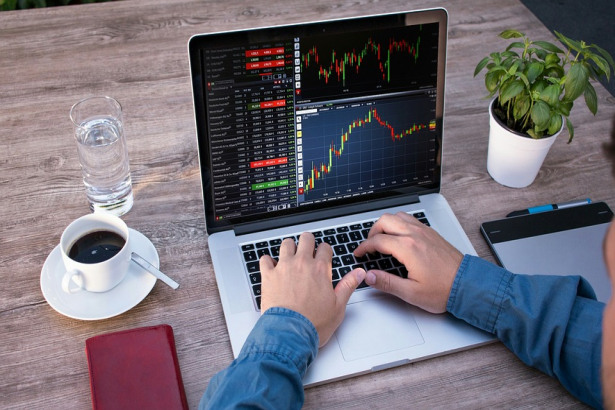
In business, there is an adage that if you don’t plan, you plan to fail. It may seem flippant, but anybody serious about achievement, even traders, should adhere to those words as if they were engraved in stone. Ask any trader who consistently earns money, and they will most likely tell you that you have two options: 1) stick to a documented strategy systematically, or 2) fail.
Kudos, you are in the minority if you already have a documented trading or investing plan. It takes time, effort, and study to establish a financial market technique or methodology that succeeds or knows which day trading platform is the best. While there are no guarantees of success, you have removed one significant impediment by developing a thorough trading plan.
Table of Contents
Disaster Preparedness 101
Trading is a business, and you must approach it as such if you want to be successful. Reading a few books, purchasing a charting program, creating a brokerage account with the lowest online brokerage fees, and beginning to trade with real money is not a business strategy; instead, it is a formula for catastrophe.
While trading, prepare a strategy with unambiguous signals that are not subject to change but should be reevaluated when the markets shut. The strategy is subject to alteration based on market conditions and may require changes as the trader’s skill level increases. Each trader should develop their plan, taking into consideration their trading styles and objectives.
Creating the Ideal Master Plan
Because no two traders are the same, no two trading plans are the same. Each method will take into account crucial aspects such as trading style and risk tolerance. What are the other critical elements of a good trading strategy? Here are five things that any strategy should include:
Evaluation of Skill
Are you ready to make a trade on the best direct access trading platform? Have you paper traded your method, and are you sure it will function in a live trading environment? Can you act on your cues without hesitation? Market trading is a game of giving and take. The true professionals are prepared and profit from the rest of the mob, which typically gives money away after expensive mistakes in the absence of a strategy.
Determine the Level of Risk
What portion of your portfolio will you put at risk in a single trade? Your trading strategy and risk tolerance determine this. The level of risk varies, but it should be between 1% and 5% of your portfolio on any given trading day. Meaning, that if you lose that much at any time during the day, you exit the market and stay out. If things aren’t going your way, it’s best to retake a rest and battle another day.
Complete Your Homework
Do you monitor what’s going on in the globe before the market opens? Are global markets rising or falling? Are S&P 500 index futures higher or lower in the pre-market? Because futures contracts trade all hours of the day and night, index futures are an excellent method to gauge the mood before the market opens.
What economic or earnings statistics are due, and when are they due? Make a list on the wall in front of you and determine whether you want to trade ahead of big news. Most traders believe that waiting until the report is issued is preferable to accepting additional risks connected with a direct market access trading platform amid turbulent reactions to words. Pros make decisions based on probability. They don’t partake in gambling. Trading before major news is sometimes a gamble because it is hard to predict how markets will respond.
Establish Exit Procedures.
Most traders make the mistake of focusing their efforts primarily on seeking buy signals while paying little attention to when and when to exit. Many traders cannot sell when the market is down because they do not want to suffer a loss. You’ll never make it as a trader unless you get over it and learn to take losses. If your stop is hit, it implies you were incorrect. Please don’t take it personally. Professional traders lose more transactions than they win, yet they still make money by managing their money and reducing their losses.
You should know your exits before you start a deal. Every deal has at least two viable exits. First, what is your stop loss if the transaction fails? It must be documented. Mental pauses do not count. Second, set a profit objective for each transaction. Once there, sell a portion of your position and, if desired, adjust your stop loss on the remainder of your position to the breakeven point.
Maintain Meticulous Recordkeeping
Many seasoned and successful traders are also great to record keepers. If they win a deal, they want to know why and how they won. More importantly, people want to know the same thing when they lose, so they don’t make the same mistakes again. Details such as goals, the entrance and exit of every trade, the time, support and resistance levels, everyday opening range, market open and close for the day, and comments about why you made the trade, including the lessons gained, should be recorded.
You should also keep track of your trading records on the stock day trading platform so that you can go back and examine the profit or loss for a particular strategy, drawdowns, average time per transaction, and other vital aspects. Compare these characteristics to a buy-and-hold approach as well. Remember that this is a company, and you are the accountant. You want your company to be as profitable and successful as possible
